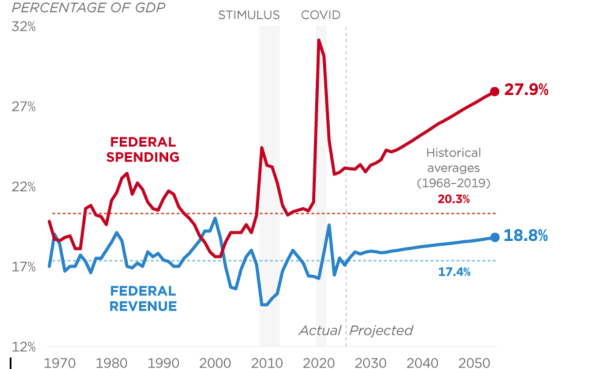The leggings dress code controversy – an inside look
Leggings – the staple of every girl’s wardrobe. They are versatile and seemingly modest and thus would appear to be a perfect choice for schoolwear. Yet, recently, this humble piece of clothing has occupied the center of conversation among the girls. The reason – it is not approved by the Westminster dress code. For years, the girls have tried to persuade the deans to allow leggings to be permitted as part of the dress code and this year, for the first time, the deans allowed a trial period for the leggings to see if the girls would use the privilege well.
The issue first started with girls approaching the deans and their advisors with logical arguments about why leggings should be allowed. The deans and advisors took the arguments seriously, and a meeting in the summer was planned with the sophomore girls’ advisors, the dean of students, Ralph Geeza, Cindy Trask, head of the upper school, and Tiffany Boozer, director of operations and communications, among others.
“[Advisors] suggested that if students would wear leggings with a nice top, that they could actually dress it up in a business-like style, as long as they had a tunic-like top that would go long enough,” Geeza said. “ So we decided to try it.”
Girls were given this privilege provided that they would adhere to Westminster’s dress code of business casual. This meant that the girls would have to take the responsibility of dressing appropriately with leggings, pairing it with other clothing that would conform to the idea of business casual. Unfortunately, this privilege did not last long.
“I remember coming in one day, and someone must have spread the word, that leggings were now permissible. And that’s not what we were really going for,” Geeza said. “We were going for, we’re going to see if people can take the responsibility of dressing appropriately with leggings.”
Leggings, according to Geeza, were never really meant to be acceptable, per se, but to be worn once in a while with a tunic style top. Many girls, however, took this to mean that they could wear leggings paired with any top, and this eventually led to many students coming to school dressed inappropriately. The trial period lasted for a few weeks, and at the end, the deans decided to ban leggings once and for all.
Naturally, many people were confused over the abrupt change. According to Sandi White, tenth grade girls grade chair, the real reason behind the reversal of privilege lay in the way leggings were being worn.
“I think what happened is girls started coming to school in leggings and a sweatshirt, and it just doesn’t look like you’re coming to school dressed nicely,” White said. “ It looks like you’re coming to work out.”
Tenth grade student government officer Jenna Brown also echoed this, saying “I guess [having girls come to school in a sweatshirt and leggings] didn’t really represent Westminster’s image well, so they took it away.”
The unintended result of allowing leggings to be worn was that the line between what adhered to dress code and what violated it blurred very quickly. The deans and advisors found themselves in a dilemma over not being able to reprimand students if they were wearing leggings and a sweatshirt, because the new dress code now permitted leggings. Girls could just come back with the argument that they were well within the dress code.
“It became a matter of semantics. Are these athletic? Are these non-athletic?” Geeza said. “And it made me realize that as much as we were trying to maybe try something out, to see if students could take the responsibility to dress appropriately, it went in such a path that we didn’t want it to go.”
The girls’ advisors, grade chairs, and others were involved in the discussion of whether or not to discontinue leggings. Several possible alternatives, such as informing all students of specific requirements through the student announcements or email and amending the handbook with explicit directions, were weighed. In the end, there was only one option that would work: revoking leggings completely.
The entire leggings issue, according to Geeza and White, was a result of a misunderstanding about the appropriate way to pair leggings with a top. The girls, however, felt that the information came in bits and pieces and possibly from peers who were not aware of the rule in its entirety.
“I think having an official announcement sent out by the deans would have been helpful, because then we would have known what exactly was allowed,” sophomore Riya Jayanthi said. “I got the impression that we could wear leggings with anything.”
While the leggings issue reminds us that students can bring about positive change through productive dialogue with the administration, effective communication will remain an integral factor in ensuring that we will continue to enjoy the privileges we earn. For a brief period, every girl’s favorite outfit made it to campus, only to be banished again. As of now, there are no plans to bring it back anytime soon. Maybe in the future, the girls might get a second chance.




